Affiliate links on Android Authority may earn us a commission. Learn more.
Android is crying out for another OnePlus X
Published onMarch 2, 2018
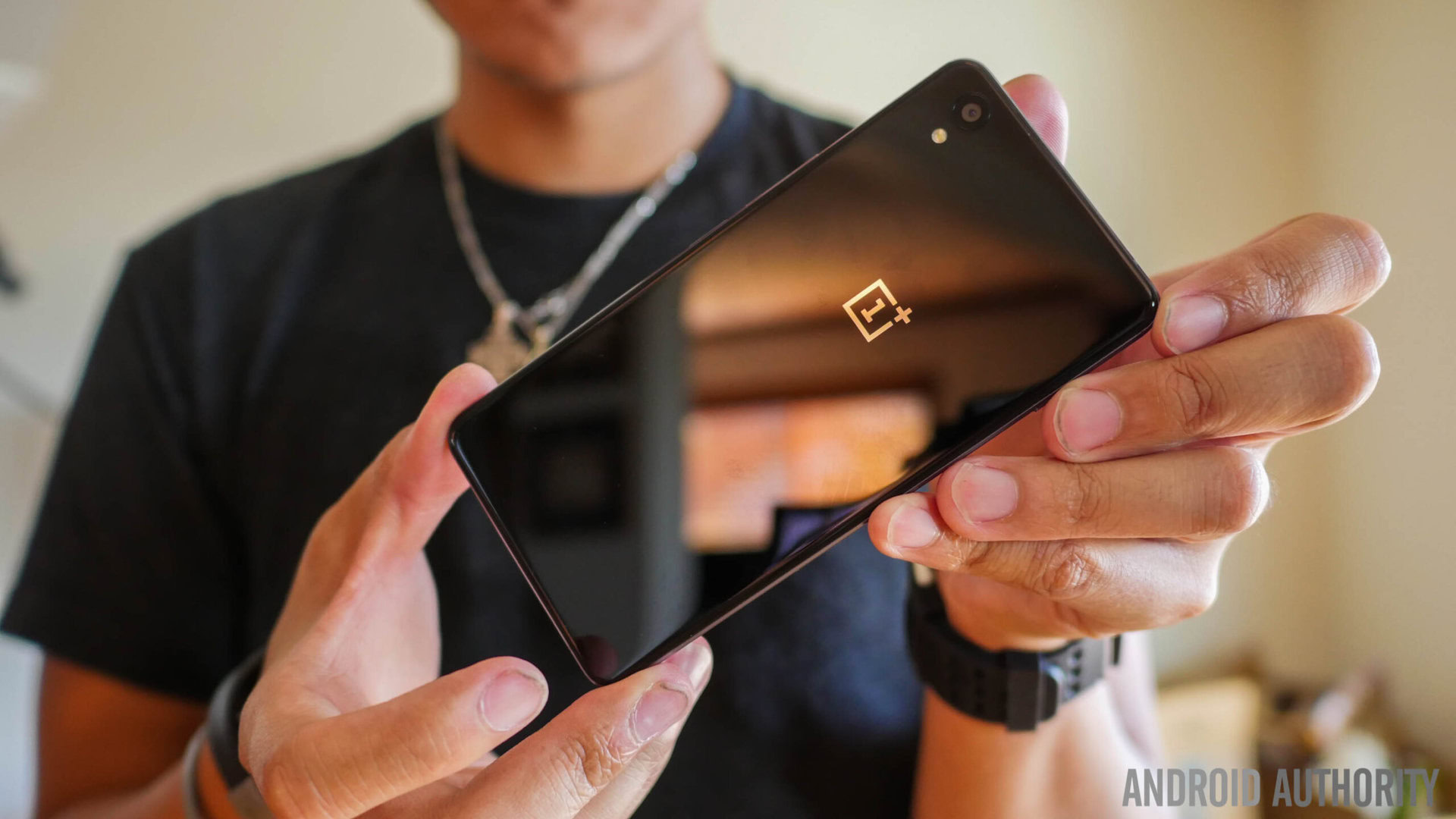
At $250 the OnePlus X was nothing short of a revelation for mid-tier smartphones in 2015. It didn’t have all the bells and whistles, as its price would suggest, and the “small” 5-inch display and infuriating invite system wasn’t everyone’s cup of tea, but it had a lot of good points. The powerful processing hardware, purist software, AMOLED screen, and incredibly nice build quality were all very compelling for the price.
OnePlus hasn’t been alone in offering excellent hardware in the under $300 in the past few years. Motorola, Lenovo, Xiaomi, Meizu, and several others have all released some very notable handsets in this price bracket, each reinvigorating the low cost market at various points over the past three or four years.
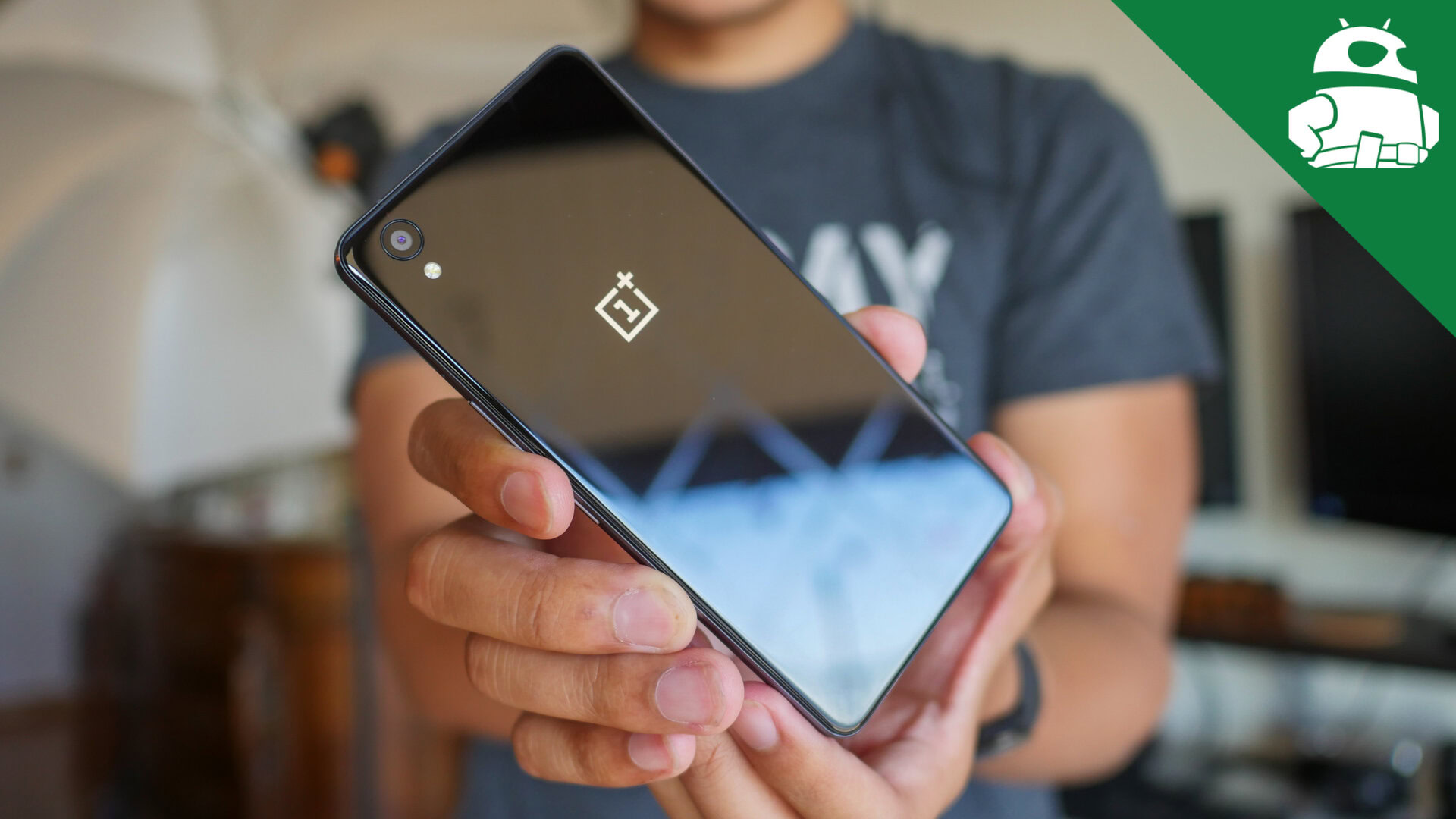
Now the mid-range phone market is gradually shifting upwards in price, with OEMs increasingly focusing on the “super mid-tier” or “cost-effective flagship” market, costing around $500 or more. See OnePlus’ latest offering or Samsung’s good, albeit overpriced, Galaxy A7 and A8. The classic, affordable mid-tier is disappearing.
At $250 the OnePlus X was nothing short of a revelation for mid-tier smartphones back in 2015.
New vs the new
There are still good handsets at this price point. It’s a competitive and vibrant market place for the budget conscious. However, it’s been a considerable length of time since the last breakout device, like the OnePlus X or the original Moto G, shook up the landscape.
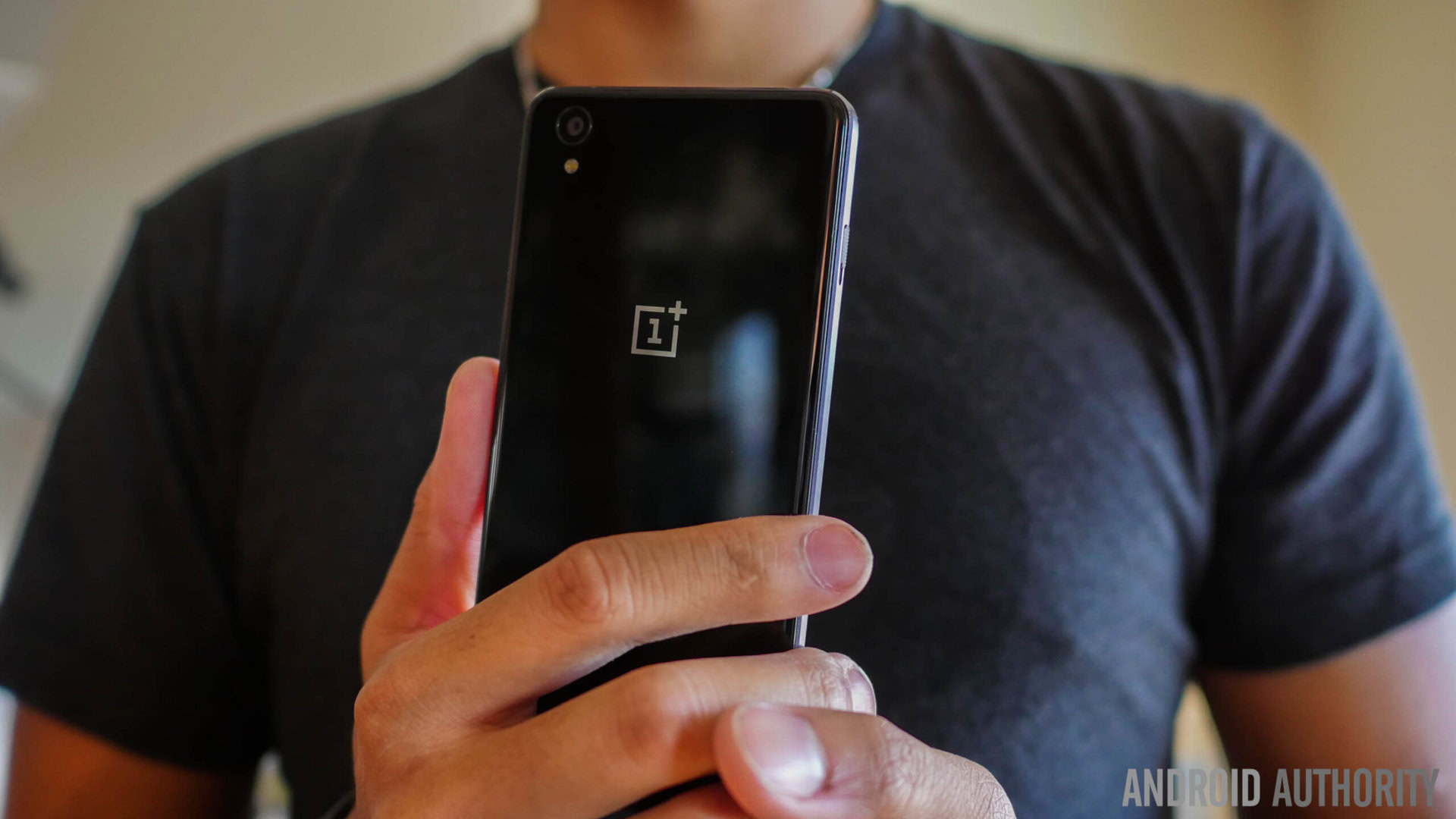
Under Lenovo’s guidance, the budget Motorola line-up has become increasingly less inspiring. The design of the Moto G5S Plus is clunky, despite being made of metal. Its bezels are thick and just so 2016. Its processing hardware is not really any faster than the two year old OnePlus X. Likewise, the Samsung Galaxy A series has seen some flagship specs trickle down and nicer looking design, but the J range is still has lackluster processing components and display resolution.
Delving into the specifics, the biggest differences between today’s $250 handsets and what the OnePlus X offered back in the day boils down two major bits of hardware: display resolution and processing power. The X certainly didn’t have everything. It lacked NFC and an IP rating, which can be found on cheaper phones these days. The table below gives a pretty good outline of what you got for your money then versus now.
| OnePlus X | Moto G5S Plus | Galaxy A3 2017 | Nokia 6 | HONOR 7x | |
|---|---|---|---|---|---|
Display | OnePlus X 5.0-inch 1080p AMOLED | Moto G5S Plus 5.5-inch 1080p LCD | Galaxy A3 2017 4.7-inch 720p AMOLED | Nokia 6 5.5-inch 1080p LCD | HONOR 7x 5.9-inch 2160x1080 LCD |
SoC | OnePlus X Snapdragon 801 4x Krait 400 @ 2.3 GHz Adreno 330 | Moto G5S Plus Snapdragon 625 8x Cortex-A53 @ 2.0 GHz Adreno 506 | Galaxy A3 2017 Exynos 7870 8x Cortex-A53 @ 1.6 GHz Mali-T830 MP1 | Nokia 6 Snapdragon 430 8x Cortex-A53 @ 1.4 GHz Adreno 505 | HONOR 7x Kirin 659 8x Cortex-A53 @ 2.3 / 1.7 GHz Mali-T830 MP2 |
RAM | OnePlus X 3 GB | Moto G5S Plus 3 /4 GB | Galaxy A3 2017 2 GB | Nokia 6 3 / 4 GB | HONOR 7x 3 / 4 GB |
Storage | OnePlus X 16 GB | Moto G5S Plus 32 / 64 GB | Galaxy A3 2017 16 GB | Nokia 6 32 / 64 GB | HONOR 7x 32 / 64 GB |
Cameras | OnePlus X 13 MP rear 8 MP front | Moto G5S Plus Dual 13 MP rear 8 MP front | Galaxy A3 2017 13 MP rear 8 MP front | Nokia 6 16 MP rear 8 MP front | HONOR 7x Dual 16 MP rear 8 MP front |
Launch Price | OnePlus X $250 | Moto G5S Plus $250 | Galaxy A3 2017 £279 ($250) | Nokia 6 $229 | HONOR 7x $200 |
The OnePlus X's hardware remains competitive with phones two years its junior. Modern mid-rangers need to push the envelope further.
Current mid-tier phones are definitely better than the OnePlus X. Camera, memory, and even cheaper processing hardware has improved a fair bit since then, and you’ll find newer and better software on some handsets too. However at the time, the OnePlus X was essentially a mini flagship, more closely aligned to the Xperia Compact series, but at a much more competitive price. We aren’t seeing any $250 phones powered by the likes of a Snapdragon 835 or even 660 in today’s market. Perhaps it’s simply not economically viable anymore. The OnePlus X could be just a one off. Maybe there simply isn’t the need to push high-end processors into cost-effective products anymore.
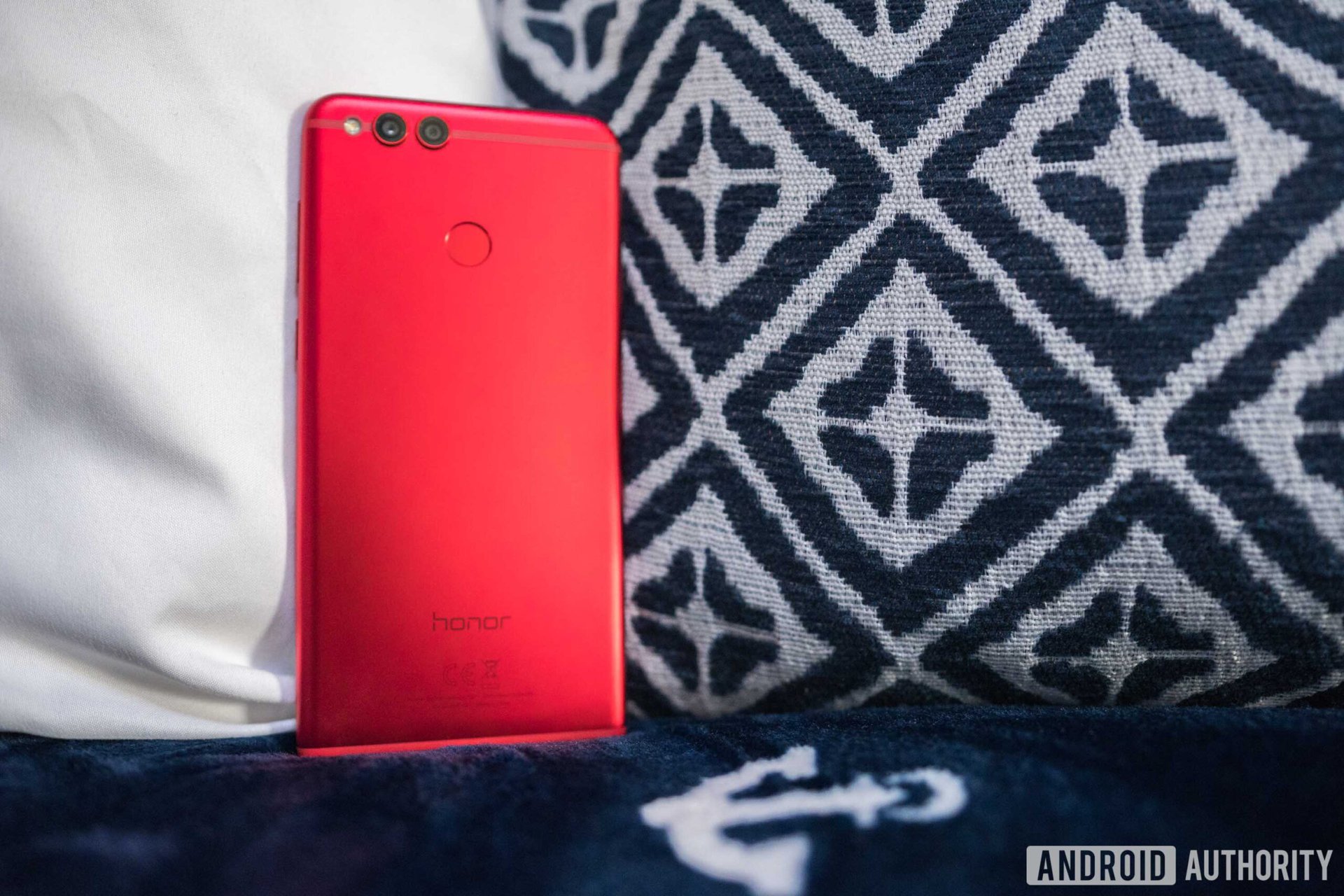
Some close contenders
Lately some very good mid-tier handsets hit the market and 2018 is looking very promising. The closest brands that stick to the ideals of the OnePlus X are HUAWEI’s HONOR and Xiaomi. However you’ll struggle to find many, if any, of these handsets available in the U.S.. Even across Europe sales can be patchy. An honourable mention to goes Nokia for its design, but its processing hardware still lags notably behind.
Some of these handsets come very close to perfecting the mid-tier formula. The HONOR 7X, for example, offers a very modern design, a nice display, and even a dual camera setup. However, you still have to go up to the more expensive HONOR 9 or View 10 to get your hands on that flagship-tier processing hardware and truly competitive cameras. The hidden downside of HUAWEI’s rejection from the U.S. is that these excellent handsets won’t be making their way to carrier stores in the country.
Chinese brands like HUAWEI's HONOR and Xiaomi offer the best phones at $250, but are lacking official U.S distribution channels.
The Xiaomi Redmi Note 5 and Pro models offer similarly excellent value for money in India, especially if you’re after a bigger display size. You won’t find the very best processing hardware, and some features like an IP rating are missing, but at between 11,999 to 16,999 rupees ($185 to $262) the Redmi Note 5 series is tough to beat.
The Chinese market has a much wider range of handsets offering high-end hardware at these cutthroat price points. However, swathes of customers across Europe and even more in the U.S. can’t get their hands on these brands without some finicky import routes or having to rely on the occasional Amazon GSM-only sale. If popular Western brands can’t rise to the challenge, we need Chinese OEMs to secure some import routes.
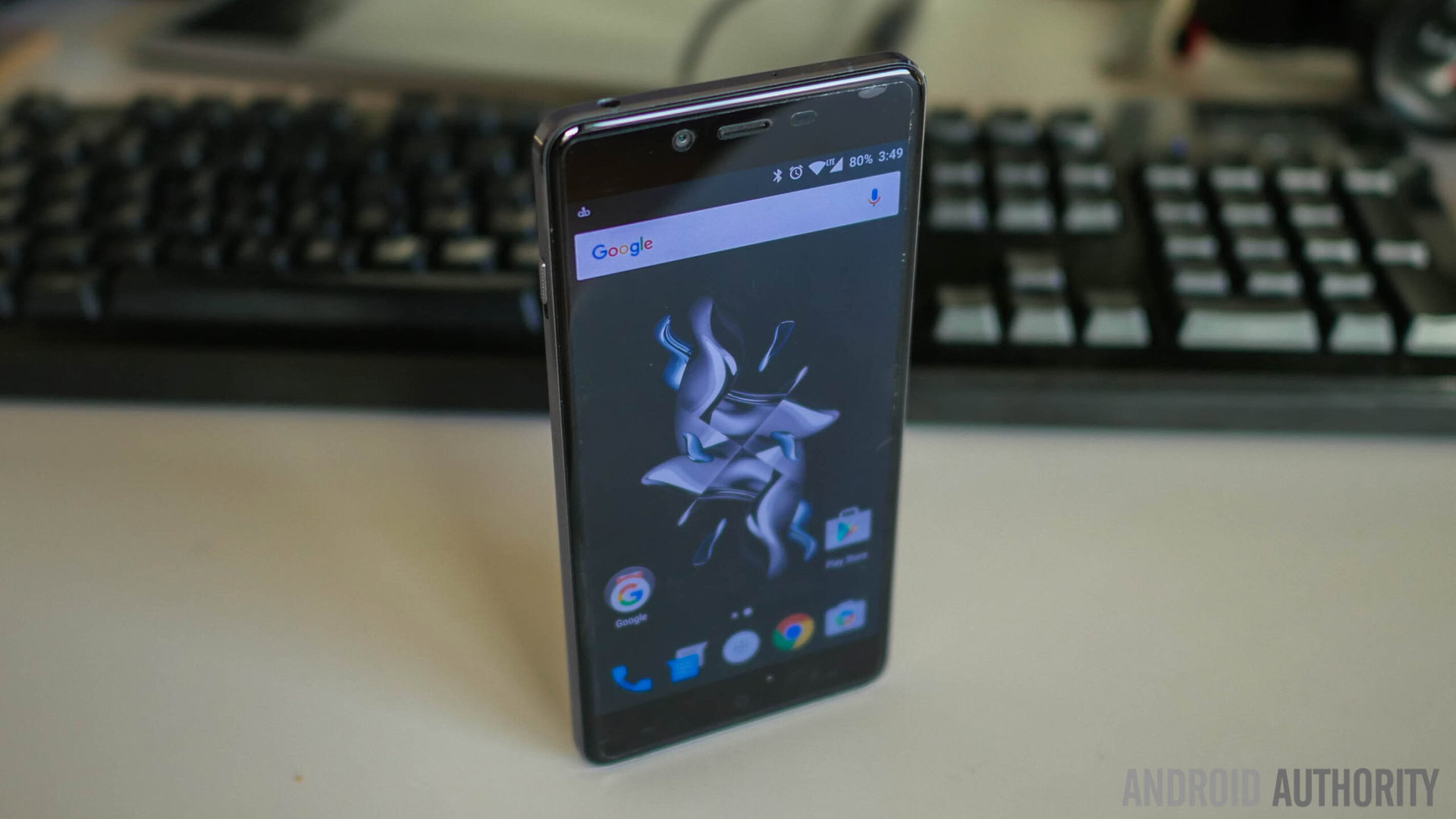
Closing thoughts
Even though it wasn’t universally loved at the time, looking back the OnePlus X accomplished a since unrivalled feat. Offering flagship processing hardware in a stylish package at a price point that barely registers as mid-range. It’s taken more than two years since its launch for equivalent phones to catch up with the phone’s hardware and style, and it’s good that it’s finally happened. However what the market could really use is another ground-breaker which proves just how far the boundaries can be pushed on a budget. Another powerhouse that makes compromises in just the right places to punch well above its price tag.
2018 could well be the year that OEMs perfect the mid-tier formula. The hardware is there to be implemented, so hopefully we’ll see at least one OEM release a cost effective handset as potent as the Oneplus X was back in its day. Unfortunately it doesn’t look like a successor is in the works from the company itself, so we’ll have to look to other manufacturers to pick up the baton.